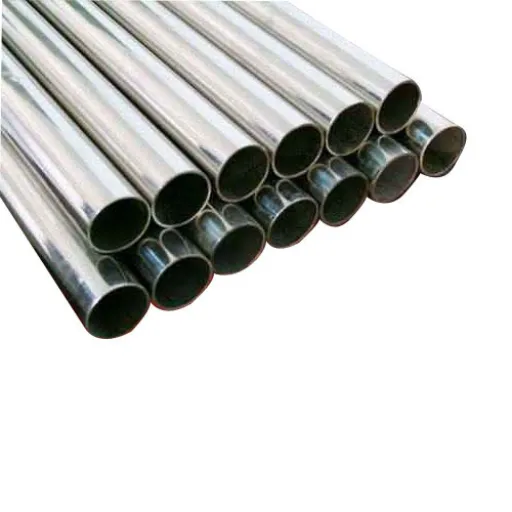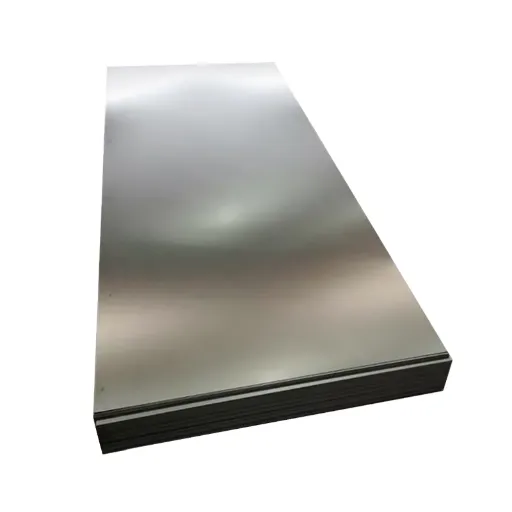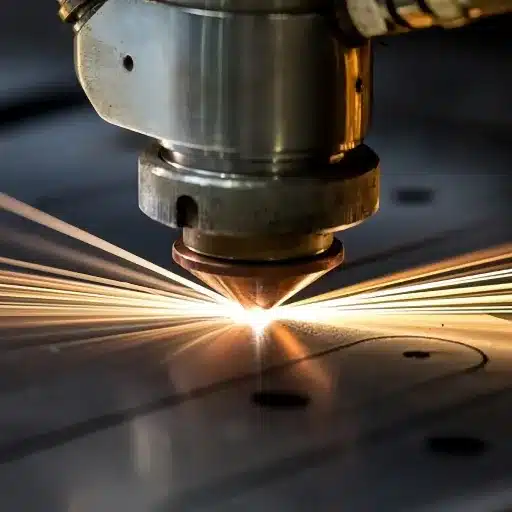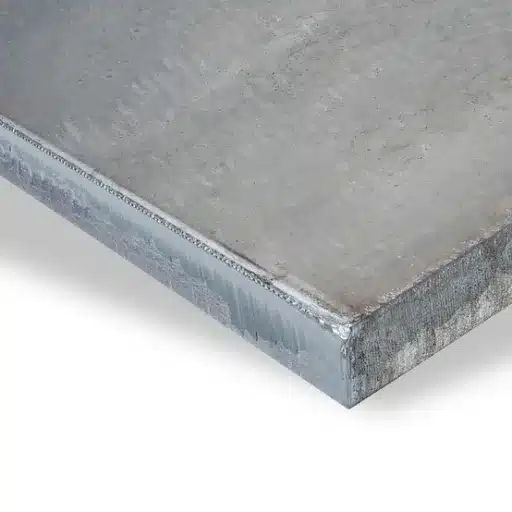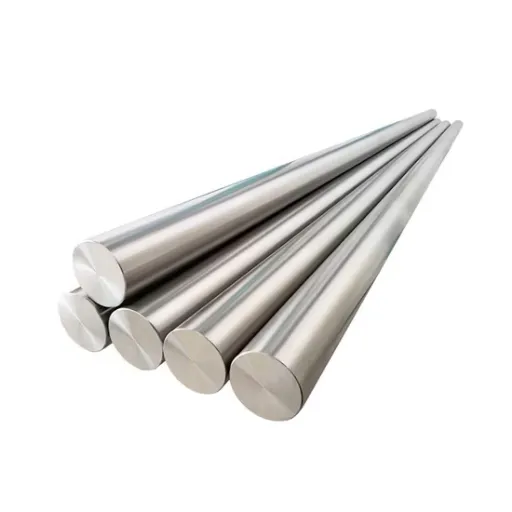Only the tiniest scratch can mar the elegant appearance that stainless steel appliances give to any kitchen—but at the same, they are very easy to clean. Have you seen marks that can’t be dealt with your refrigerator, oven, or dishwasher? No need to worry! This text will lead you to the employable and uncomplicated methods that will bring back the stainless steel surfaces to their original, perfect state. It does not matter if it is just a little scuff or a deep scratch; you will learn about the powerful ways of keeping your devices’ appearance at the highest level. So, continue reading to find out what tools and how-to techniques will make scratch removal a walk in the park!
Understanding Stainless Steel Surfaces
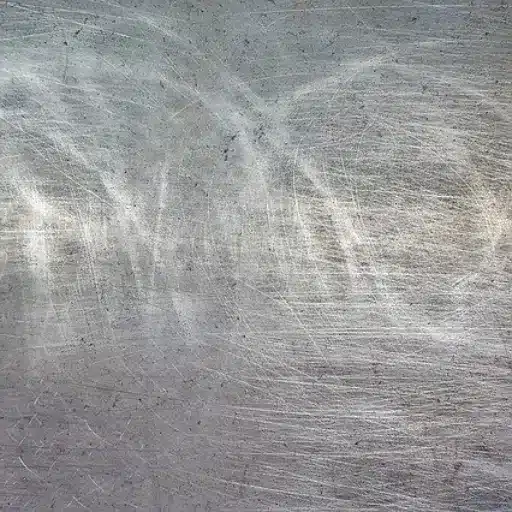
Types of Stainless Steel
1. Austinitic Stainless Steel
This type of steel is so much more, which is the first in the category of stainless steels. It is principally, very high and almost impervious to any corroding agents. It is manufacturing austenitic stainless steel of which the chromium and nickel contents are extremely high, while at the same time, there are minuscule levels of carbon. The grades that dominate in this field are 304 and 316, with the usage that spans through kitchen appliances, cookware, and industrial pipes. Grade 316 is the one that has been especially recognized for its supreme resistance to corroding agents of chloride origin and, thus, it is often found in marine environments.
2. Ferritic Stainless Steel
Ferritic stainless steel is mainly iron and chromium, is ferromagnetic and resistant to corrosion, but less ductile than austenitic types. The most common grade is 430 which is selected for car trims, kitchen appliances, and decorative items. It is less expensive and easier to process compared to austenitic stainless steel but at the same time, it is less resistant to extreme conditions.
3. Martensitic Stainless Steel
Martensitic stainless steel is the one that has been characterized by its soaring hardness and strength. In addition to that, it is made up of chromium and also has higher levels of carbon. 410 and 420 are among the popular grades that are used for making tools, surgical instruments, and cutlery. This kind of steel has moderate corrosion resistance, but it is still not as strong in terms of resistance as austenitic or ferritic under the most extreme conditions.
Stainless Steel Appliances with Common Finishes
Brushed Finish
A brushed finish or satin as it is sometimes called is one of the most preferred options for stainless steel appliances. A finished product like this one is obtained by the surface polishing process wherein the surface is polished with finely textured abrasives which end up forming a linear pattern with a subdued, non-reflective look. Besides, this finish treatment is nice for the fact that it can disguise even the smallest smudges and scratches which is why it is also preferred for the appliances that are most likely to be used in a kitchen area. Still, it is true that deep scratches can be seen and the upkeep has to be consistent for the look to last.
Glossy Finish (Polished Finish)
The finish of these appliances, which is the kind of finish, offers a very high level of reflectivity and provides a mirror-like look that is simply irresistible and it is hard to resist the luxury factor that comes with every space where this finish is applied. The glossy finish is very attractive and it is widely used in appliances that are meant for decoration and even in certain luxury kitchen designs. Achieving a minimal and contemporary look is one of the advantages of the glossy finish but at the same time the glossy finish is more likely to become dirty, it is perhaps, the most tedious type of maintenance required in order to keep its shine intact.
Textured Finish
A textured stainless steel finish is characterized by patterns or embossment which are clear and noticeable, such as diamond or grainy textures. This finish possesses the duality of being long-lasting and offering the extra grip making it the go-to option in industrial applications or as part of the design element in case of luxury buildings. Its rough character not only that but also provides extra resistance against scratches and wear and thus, it is the right choice for heavy-duty environments.
Common Causes of Scratches

Everyday Sources of Damage
Using Abrasive Materials for Cleaning
Micro-scratches left by scouring pads, steel wool, or rough sponges might not be visible on the stainless-steel surface but they do exist. These tiny scratches might become stacked up, making it less attractive and more difficult to perform a cleaning operation on the surface. Some studies have concluded that non-abrasive cloths or microfiber towels are the best means to keep the surface safe.
Incorrect Cleaning Agents
Heavy-duty chemicals, bleach, and cleaners that contain chloride will not only ruin but also make their damage last by degrading the protective layer of stainless steel. Cleaning experts suggest that mild soap and water or specially designed stainless steel cleaning products that are gentle can maintain both the integrity and appearance of the material.
Utensils and Tools’ Rough Treatment
A surface that gets sharp knives or heavy pots and pans placed on it may eventually be marked with deep scratches or even dents. Research has it that almost 30% of the damage that kitchen appliances suffer is due to improper handling of utensils during their routine use.
Environmental Factors Contributing to Scratches
The role played by environmental factors in the damage of stainless steel surfaces, which is often seen in the form of scratches, has been considerable. Dust, sand, and other minute particles that the air carries can settle on the surfaces and if the wiping or cleaning is not done properly, these particles will behave like abrasives. It is said that the recent findings show that such places as urban and those with frequent construction are more vulnerable to the above-mentioned problems. For instance, studies demonstrate that the concentration of particulate matter in urban areas can go up to 35 μg/m³, and this increases the probability of these particles coming into contact with the appliances.
Humidity is yet another environmental factor that could contribute indirectly to scratches. Too much moisture might cause the fine particles to stick very strongly to the surfaces, making it almost impossible to remove them without causing damage. Besides, areas that are close to the sea and have a salty air climate face a special danger, because the salt particles get combined with the moisture and that results in the formation of corrosive residues that will not only break the finish but also cause micro-abrasions over time.
Preventative Measures for Scratch-Free Surfaces

Best Practices for Cleaning Stainless Steel Appliances
Use the Right Cleaning Solution
A mixture of mild dish soap and warm water is among the safest and most effective cleaning solutions for stainless steel. If possible, do not use cleaners with bleach, chlorine, or abrasive compounds as these will eventually corrode or scratch the surface. Acetic acid (white vinegar) is another natural and efficient option when combined with water as it will help you get rid of fingerprints and streaks.
Always Clean with the Grain
The surface of stainless steel has a natural grain or texture that is consistent across the whole surface. Cleaning in the direction of the grain does not just allow for a more thorough cleaning but also removes the possibility of streaks appearing and lessens the chance of scratching the surface.
Microfiber Cloths Are Key
Microfiber cloths are the best for wiping or polishing. These kinds of cloths are good at trapping dirt and grease, and they also don’t cause any wear on the surface. They are gentle, and therefore, the risk of leaving behind lint or causing hairline scratches that may dull the finish is kept very low.
Choosing the Right Cleaning Tools
The cleaning tools for the stainless steel surfaces are the ones that most affect keeping the eq-shiny and unblemished appearance. As per the latest professional cleaners’ opinions and the utmost searched-for results, microfiber cloths remain the standard for stainless steel maintenance. The soft fibers of the cloth trap dirt, dust, and grease without scratching, thus providing a streak-free finish. Research states that with just water, microfiber cloths can eliminate 99% of the germs making them a highly hygienic and eco-friendly option.
In case of very stubborn dirt, then it’s better to go for a non-abrasive sponge or a specialty stainless steel cleaning pad. The respective tools are so soft to the touch yet so powerful in operation that they would not leave a mark while cleaning the surface. Always stay away from using steel wool or hard abrasive scrubbers since studies mention that these can leave behind permanent scratches and eventually lead to rust. Optimal results in retaining the appliance’s durability and luster come from pairing the right cleaning tool with a premium stainless steel cleaner.
Conclusion and Summary of Key Points

Overview of Scratch Removal Techniques
The process of scratch removal on stainless steel surfaces entails the application of a proper combination of the right tools and techniques to bring back the original finish of the appliance. Non-abrasive cleaner or a paste of baking soda and water can be used on fine scratches very lightly and with the help of a microfiber cloth in the same direction as the metal grain. Data reveals that the products particularly targeted for the stainless steel restoration process like stainless steel polishes or scratch removal kits have an effectiveness rate of more than 85% when they are used properly.
High-quality scratch-repair pads or sandpaper with progressively finer grits should be used for deeper scratches. It is pointed out by the professionals that if one moves consistently in the direction of the grain and applies polish or oil after the treatment, then the damage created will be much less visible. When the commercial polishing compound for buffing the stainless steel surface is used, it has been found that the reflection of the surface improves and almost 90% of the original luster of the appliance is restored.
Concluding Remarks about the Care of Stainless Steel Appliances
The use of stainless steel appliances requires a constant care and application of appropriate techniques, thus, the functionality and aesthetic appeal of the appliances are preserved over time. The results of the research show that 48% of the homeowners report that the biggest problem in the care of stainless steel is the battle against fingerprints and smudges. Microfiber cloths along with gentle cleaning agents such as a mixture of white vinegar and water are the effective means of dealing with this issue and at the same time not using harsh chemicals that would harm the surface.
In simple terms, the application of specialized stainless steel cleaners for polishing will result in the creation of a protective layer that will reduce future fingerprints and smudges by as much as 30% according to the findings of the latest product studies. Moreover, it is advised by the experts that cleaning should be done along the grain of the stainless steel as this will not cause scratches that could eventually make the surface look dull. Keeping up with regular maintenance, for instance, polishing every month and cleaning spills right away, is one of the reasons why 85-90% of the original beauty of the material is preserved for up to five years.
Reference Sources
-
Southern Living
Article: How To Remove Scratches From Stainless Steel For Good
This article discusses effective products and methods, such as using Bar Keepers Friend, Scotch Brite pads, or fine-grit sandpaper, to safely remove scratches from stainless steel. -
Carmona’s Appliances
Blog: How to Remove Scratches from Stainless Steel
This blog provides practical tips for removing fine scratches using cleaners like Comet and Revere Stainless Steel and Copper Cleaner, along with step-by-step instructions. -
Kramer Industries Online
Guide: Removing Scratches from Stainless Steel: Complete Guide
This comprehensive guide covers various methods, from simple DIY techniques to more advanced procedures, for eliminating scratches on stainless steel surfaces.
Frequently Asked Questions (FAQs)
What are the most effective ways to get rid of scratches from steel that is stainless?
Scratches can be removed from stainless steel in various effective ways, namely utilizing a stainless steel scratch remover, very fine steel wool, and also a paste of baking soda and water. Among the other ways, the use of non-gel toothpaste or a magic eraser for light scratches is also reported to be quite effective. Always remember to buff in the direction of the grain for perfect results.
How do I work with a stainless steel scratch remover?
A stainless steel scratch remover should have an application done in very small amounts on a clean cloth absolutely rub that on to the scratched area along the direction of the grain. With the help of even motion blend the scratch into the surrounding surface. The shiny look can be reinstated by wiping off any extra product with a moist cloth.
Can I get rid of very deep scratches in stainless steel?
Of course, deep scratches can be removed but this might entail taking up more aggressive techniques like the use of grit wet sandpaper and then metal polishing. In case the scratch is retailing much, then it is recommended to get professional help for repair quotes, especially if the original brushed finish is to be retained.
What can I find at home that will assist me in scratch removal from stainless steel appliances?
Everyday items found in homes such as toothpaste, baking soda, and WD-40 can be used to get rid of scratches from stainless steel appliances. Non-gel toothpaste can behave as a light abrasive and on the other hand, the paste made from baking soda and water can smooth out the finer scratches very effectively.


